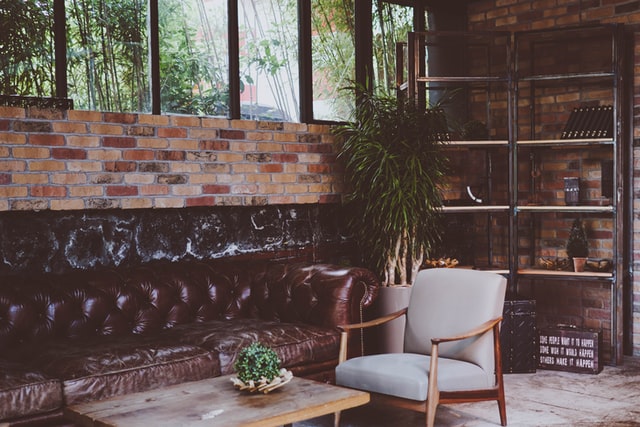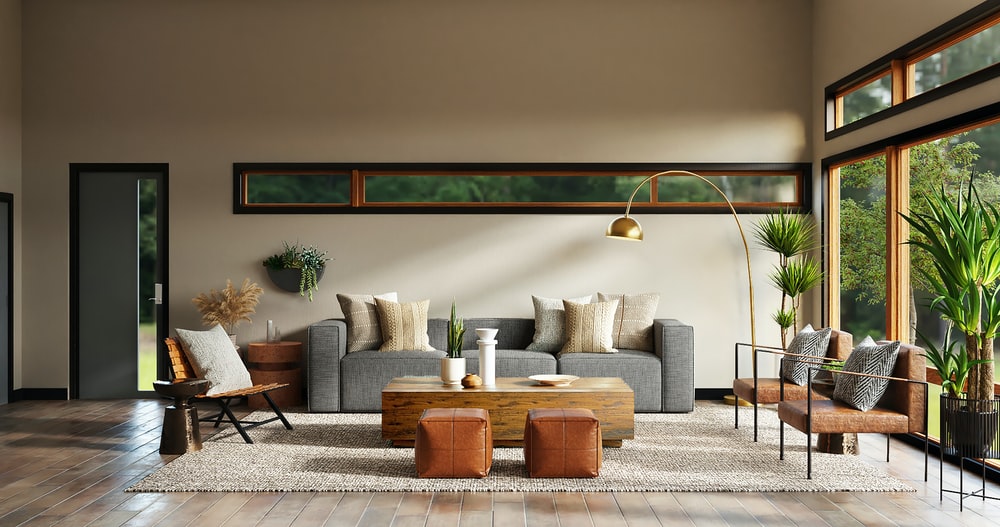Modern house Design Typically features clean lines, open spaces, and a minimalist approach to decoration. Here are some key elements often found in modern house designs:

Simple and Clean Lines: Modern architecture emphasizes straight, clean lines over intricate and ornate designs.
Open Floor Plans: Modern homes often have open floor plans that create a sense of spaciousness and allow for more natural light.
Large Windows: Expansive windows are common in modern design, not only for their aesthetic appeal but also to maximize natural light and connect the indoor and outdoor spaces.
Minimalist Decor: Modern interiors tend to have a minimalist approach to decor, with a focus on functionality and simplicity.
Industrial Materials: Modern design often incorporates industrial materials such as concrete, steel, and glass.
Neutral Color Palette: Modern interiors typically feature a neutral color palette with pops of bold color used sparingly for accents.
Innovative Use of Space: Modern architects often incorporate innovative ways to use space efficiently, such as built-in furniture or multi-functional rooms.
Sustainable Design: Many modern homes incorporate sustainable design elements, such as energy-efficient appliances, solar panels, and green roofs.
Integration with Nature: Modern homes often blur the lines between indoor and outdoor spaces, with features like outdoor living areas or large, sliding glass doors.
Technology Integration: Modern homes often integrate technology seamlessly, with smart home features and energy-efficient systems.
Would you like more specific ideas or details for a Modern house design?
Flat or Low-Pitched Roof: Modern houses often have flat or low-pitched roofs, which contribute to the clean, minimalist look of the design.
Geometric Shapes: Modern architecture often features geometric shapes, such as rectangles, squares, and triangles, which add visual interest to the design.
Innovative Materials: Modern architects often use innovative materials to create unique and visually striking designs. This can include materials such as corrugated metal, recycled wood, or even unconventional materials like shipping containers.
Indoor-Outdoor Living: Modern homes often feature seamless transitions between indoor and outdoor spaces, such as large sliding glass doors that open onto a patio or deck.
Natural Elements: While modern design tends to favor clean lines and minimalism, it also often incorporates natural elements such as wood or stone to add warmth and texture to the space.
Focus on Functionality: Modern design is often driven by a focus on functionality and usability, with an emphasis on creating spaces that are both beautiful and practical.
Unique Architectural Features: Modern homes often include unique architectural features, such as cantilevered roofs or walls, that add visual interest and a sense of drama to the design.
Integration of Art: Modern design often incorporates art into the architecture itself, such as sculptures or murals integrated into the design of the building.
Customization: Modern design allows for a high degree of customization, with homeowners often able to work closely with architects and designers to create a home that meets their specific needs and tastes.
Sustainability: Many modern homes are designed with sustainability in mind, incorporating features such as passive solar design, energy-efficient appliances, and sustainable building materials.
These are just some of the key elements of modern house design. Each modern home is unique, reflecting the individual tastes and needs of its occupants.
Modern house design embraces clean lines, open spaces, and a minimalist aesthetic. Key features include flat or low-pitched roofs, geometric shapes, and large windows that maximize natural light and blur the lines between indoors and outdoors.
Modern homes often utilize innovative materials like corrugated metal and recycled wood, and integrate sustainable design principles such as energy-efficient appliances and passive solar design.

Modern house design continues to evolve, with architects and designers pushing boundaries to create innovative and sustainable homes.
New technologies, such as 3D printing and smart home systems, are being integrated into modern homes, making them more efficient and convenient to live in.
There’s also a growing emphasis on biophilic design, which seeks to connect occupants with nature by incorporating natural elements into the built environment.
In conclusion, modern house design is a dynamic and ever-changing field that reflects the values and aspirations of contemporary society. It’s an exciting time for architecture and design, with endless possibilities for creating homes that are not only beautiful and functional but also sustainable and enriching to live in.
The interior of a modern home typically features a neutral color palette with bold accents, minimalist decor, and an emphasis on functionality. Customization is key, allowing homeowners to create spaces that suit their lifestyle while integrating technology seamlessly for a modern, efficient living experience.
Modern house design often incorporates unique architectural features, such as cantilevered roofs, which create a sense of drama and visual interest.
Indoor-outdoor living is a common theme, with spaces flowing into one another and outdoor areas often becoming an extension of the interior living space.
Natural elements like wood and stone are used to add warmth and texture to the minimalist interiors, while innovative use of space, such as built-in furniture, maximizes functionality.
Overall, modern house design is about creating a home that is not only visually striking but also practical, comfortable, and sustainable for the people who live in it.




